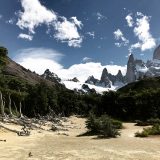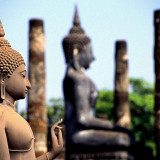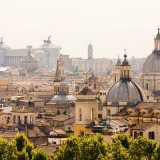Ethiopia is Africa’s Best Kept Secret for Hikers
Ethiopia is not at all like you might imagine it. Often referred to as the “Tibet of Africa,” Ethiopia is staggeringly beautiful, rugged, and tranquil. Its pale tablelands of teff grain interspersed with pink eucalyptus lead to vast mountain ranges and a plateaux dotted with grass huts and farmsteads.
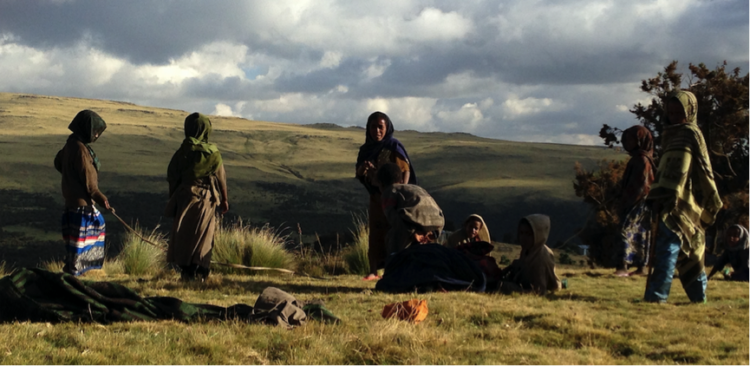
Children playing skip-rope in the Simien Mountains. Credit: Sam McManus
Ethiopians do not even consider themselves African, so strong is their national psyche. Much of this is due to religion. The country was the only bulwark of Christianity on the continent for almost a millennium. 18th century historian Edward Gibbon said: “Encompassed on all sides by the enemies of their religion, the Ethiopians slept near a thousand years, forgetful of the world by whom they were forgotten.”
Discover the rooftop of Africa in the Bale Mountains

“Everlasting flower” in the Bale Mountains. Credit: Sam McManus
If you wish to see Africa properly I would highly recommend walking through it. In the Bale Mountains in the south, the great Sanetti Plateau is the highest in the continent. It rises up in great silvery-crowned valleys of “everlasting flower.” Here isolated herdsmen and their flocks drift. Expeditions can be arranged from the small town of Dinsho, approximately seven hours from the capital Addis Ababa.

Mountain nyala, endemic to the Bale Mountains. Credit: Sam McManus
You’ll find an astounding variety of animals here. Look for: the Ethiopian red wolf, mountain nyala, gelada baboons, colobus monkeys, reedbuck and bushbuck antelope, warthogs, hyenas, and thriving bird life. Climb Ethiopia’s second highest mountain, Mount Tullu Dimtu, to its summit at 4383 metres. The view from the top across the vast, rusty, windswept plains is a humbling experience.
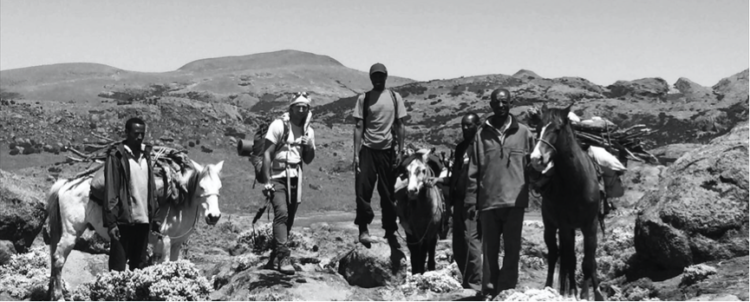
Sam in the Sanetti Plateau with guide Jafer and porters Usman, Abdullah and Haji. Credit: Sam McManus
Horses are easy to come by here and it’s not difficult to find a guide, cook, and horse handlers for your trek. Dinsho Lodge is picturesquely situated just inside the national park boundaries. Hostel accommodation is available in the town, and the high-end Bale Mountain Lodge is deeper inside the parkland.
Find religion literally cut into the Gheralta mountainsides
In the middle of the 4th century, Saint Frumentius brought Christianity to the Aksumite Empire in what is now northern Ethiopia. Intrepid explorer Dervla Murphy in In Ethiopia with a Mule notes that:
“There is a certain similarity between the developments of Ethiopian Christianity and Tibetan Buddhism…[as] the new teachings soon became diluted with ancient animist superstitions; and so these cuttings from two great world religions grew on their high plateaux into exotic plants, hardly recognizable as offshoots of their parent faiths.”
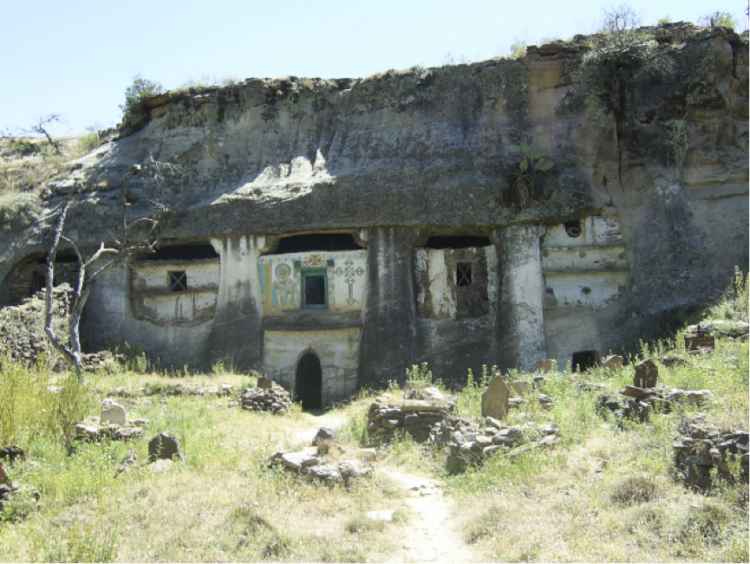
One of the many rock-hewn churches in the Gheralta Mountains. Credit: Sam McManus
This notion is clearly visible in the rock-hewn churches and hermitages cut high into the sides of the Gheralta Mountains. Located on the dusty plateaux of the northern region of Tigray, they are easily accessible via a short internal flight from Addis Ababa to Mekele. From there it’s a two-hour drive to the tiny towns of Hawzen and Megab, where guides and beautiful lodges can be found.
I trekked for five days through the range. You can peak inside the deep cavernous churches with their slender hand-carved pillars to view incredible frescos. Outside the views are equally breathtaking, varying from sloping amber lava rock faces to acacia-dotted plains. Look for the sepia stroked rolling foothills that end in crashing-wave stone formations on the horizon.
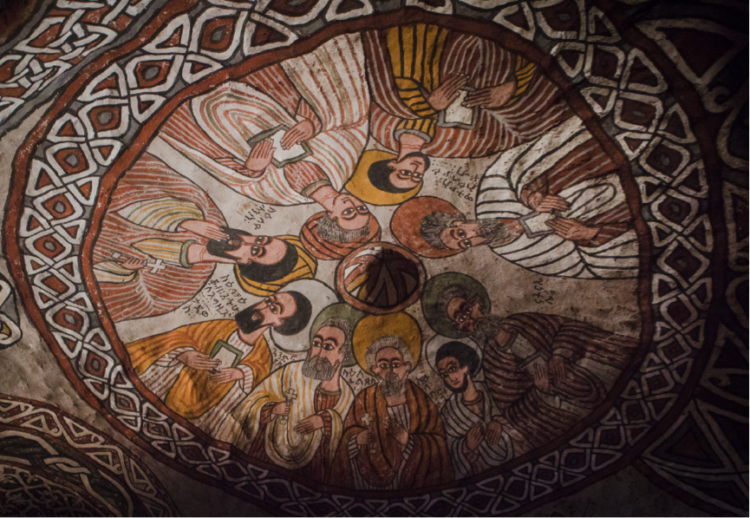
Fresco on the ceiling of Abuna Yemata rock church. Credit: Sam McManus
Attend a church service in the Gheralta Mountains
I attended a liturgy in the church of Yohannis Maqudi. The rock church was packed with women wearing cream shammas and beautifully braided hair, tightly woven in angular patterns at the front, then flying out at the back in large frizzy waves. The priests wore cream turbans, many holding horsehair fly whips as they danced and chanted. Afterwards we all went for food and cups of the local talla millet beer and I was shown great hospitality.
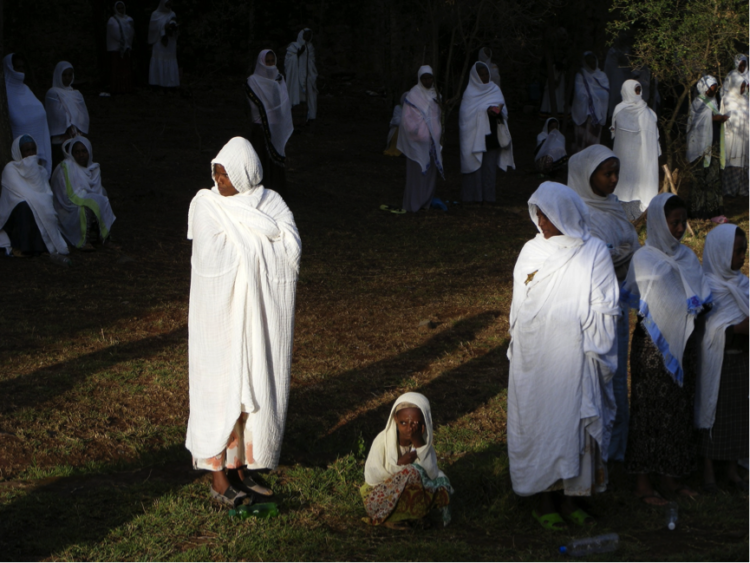
Ethiopian women after a church service. Credit: Sam McManus
Visit the ancient UNESCO city of Harar Jugol
“What am I doing here?” – Poet Arthur Rimbaud writing home to France from Harar
For a cultural stopover, the ancient walled city of Harar Jugol is a UNESCO World Heritage Site. Africa’s traditional trading hub with Arabia, the city is located on the border of the far eastern Somali region. It’s well worth the short flight to Dire Dawa. French-imported blue and white vintage Peugeot taxis cruise beneath Italian colonial buildings decked with tropical flowers. It gives a strange Cuban twist to Islam’s fourth holiest city after Mecca, Medina and Jerusalem.

The ancient trading city of Harar. Credit: Sam McManus
It was here that famous French poet Arthur Rimbaud lived for a decade as a gunrunner and one of the first white traders in the area. There’s a fascinating museum dedicated to him that’s well worth a visit. The women here wear the most vividly coloured shammas in the whole country. You can feed wild hyenas outside the city walls, and stay in a traditional Harari guesthouse. Mine was painted in pastel shades of blue, viridian and vermillion. In the evening you can listen to the wails of the muezzins drift across this cultural melting pot.
Immerse yourself in unimaginable vastness in the Simien Mountains
The most famous of the country’s ranges are the Simien Mountains, home to Ras Dashen. At 4550 metres, it’s the highest mountain in the country. There are many options for lodging in the castle town of Gondar, two days by bus or a short flight from Addis Ababa, from which trips through the national park can be organized. I trekked for four days through these indescribable mountains, seeing the endemic walia ibex and troops of “bleeding-heart” gelada baboons.
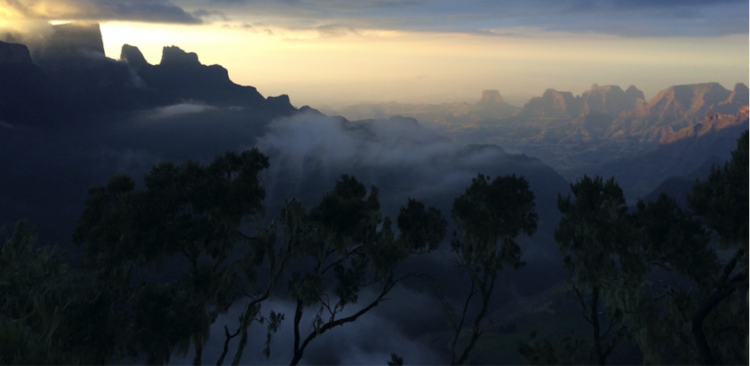
The jagged peaks of the Simien Mountains. Credit: Sam McManus
From the high summits your eye is drawn across the vista as it drops down into a hazy mirage of jagged peaks and flat tops. They seem to wear green cummerbunds of foliage, supported at their bases by pale yellow fields of teff grain. Behind these flattened pinnacles, vast waves of stone and burnished forest stretch away like wind-blown sand into the distance.
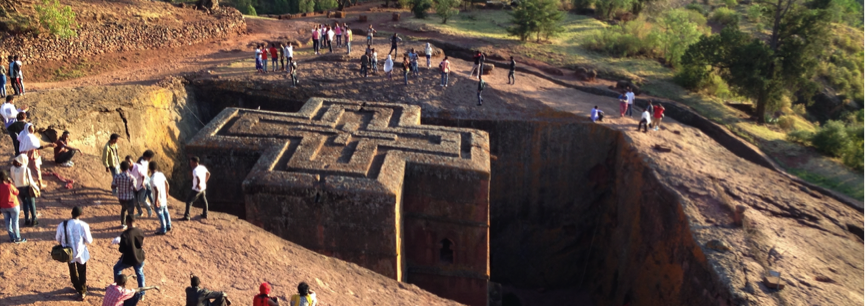
Bet Gyorgis church in Lalibela. Credit: Sam McManus
A final mention must go to the UNESCO World Heritage site of Lalibela, which cannot be missed. A day’s drive from Gondar, 11 monolithic 13th century churches are cut down vertically into the rock, producing a site unlike anywhere else in the world.
Sometimes if you want to see something extraordinary you have to take a chance. As the Ethiopian proverb goes: “Don’t catch a leopard by the tail, but if you do, don’t let it go.”
You can learn more about Africa’s most breathtaking destinations here.
Sam McManus
Latest posts by Sam McManus (see all)
- Ethiopia is Africa’s Best Kept Secret for Hikers - July 12, 2016

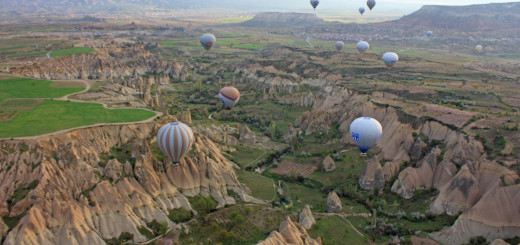
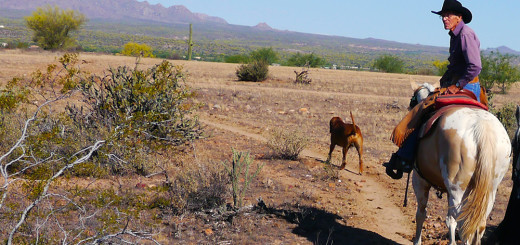



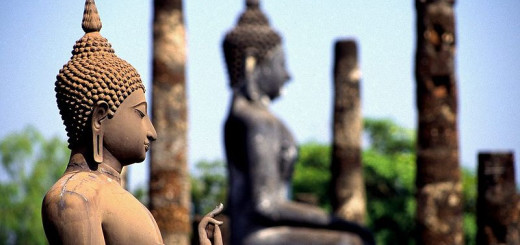

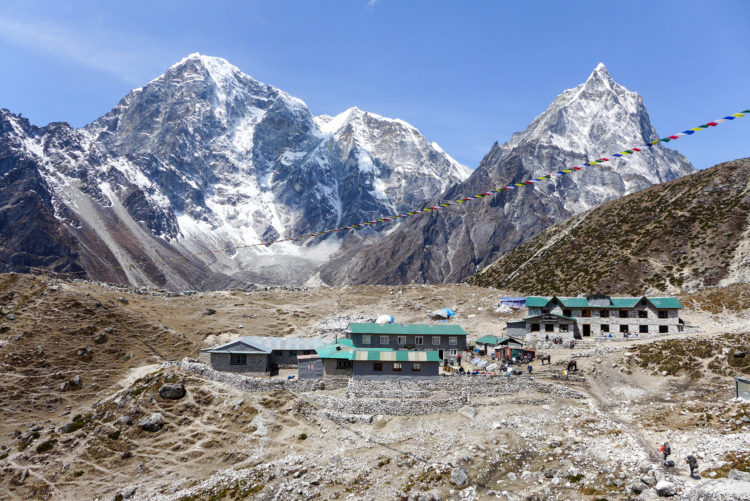 Almost all the tea houses in
Almost all the tea houses in 




